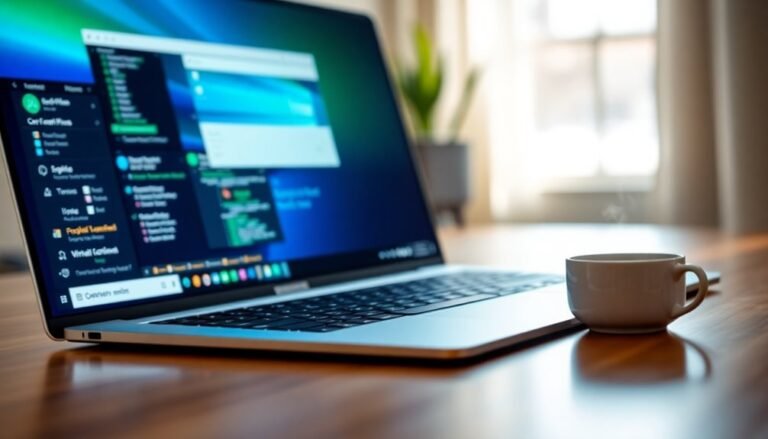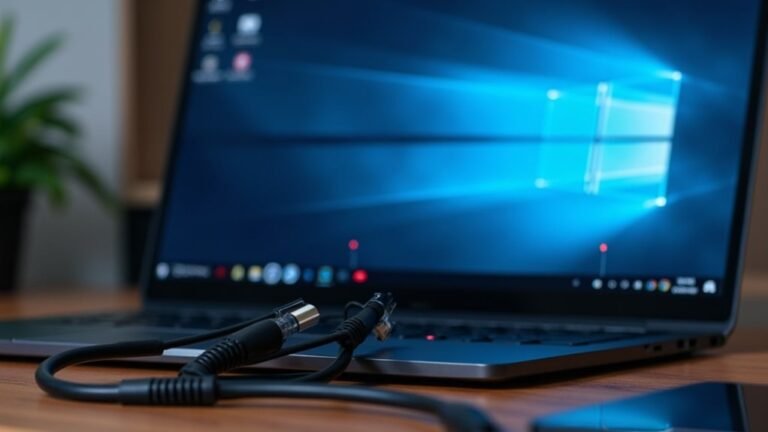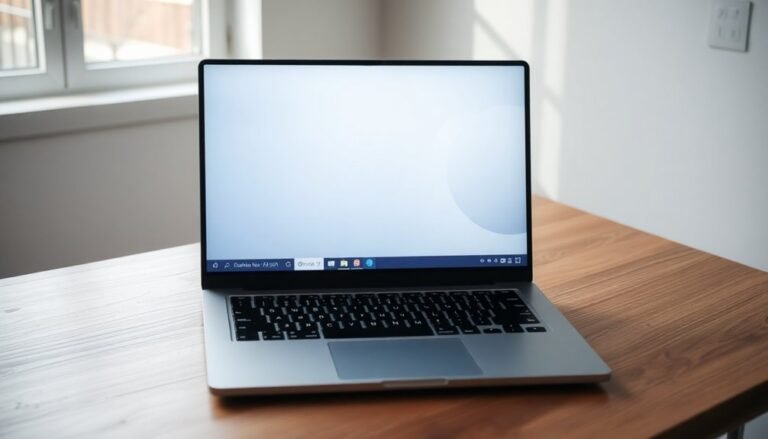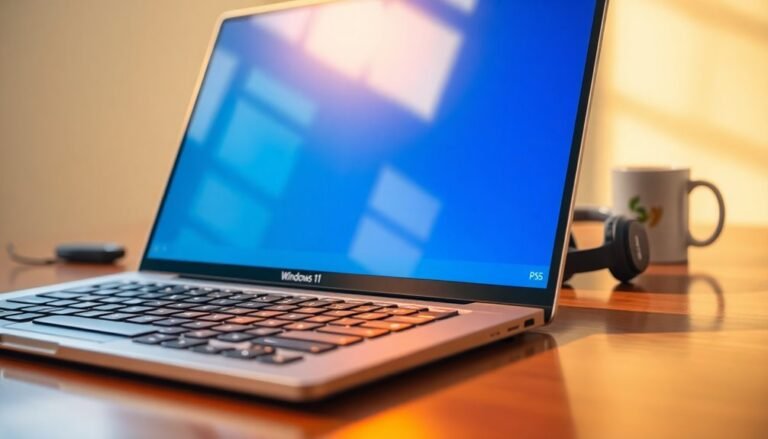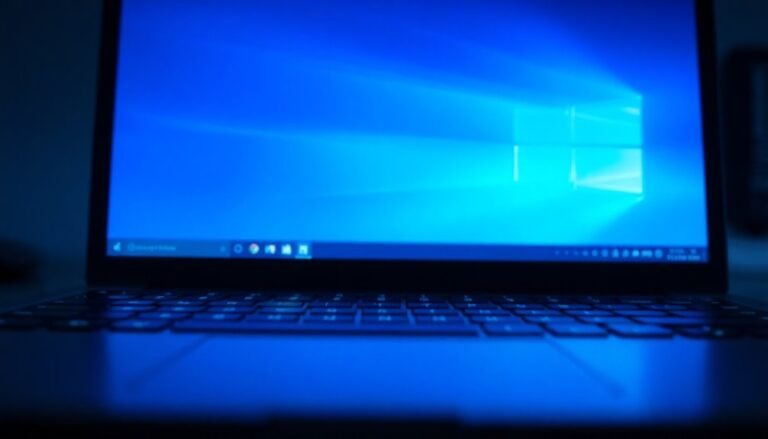Speed Up Windows 11 YT: YouTube Performance Optimization
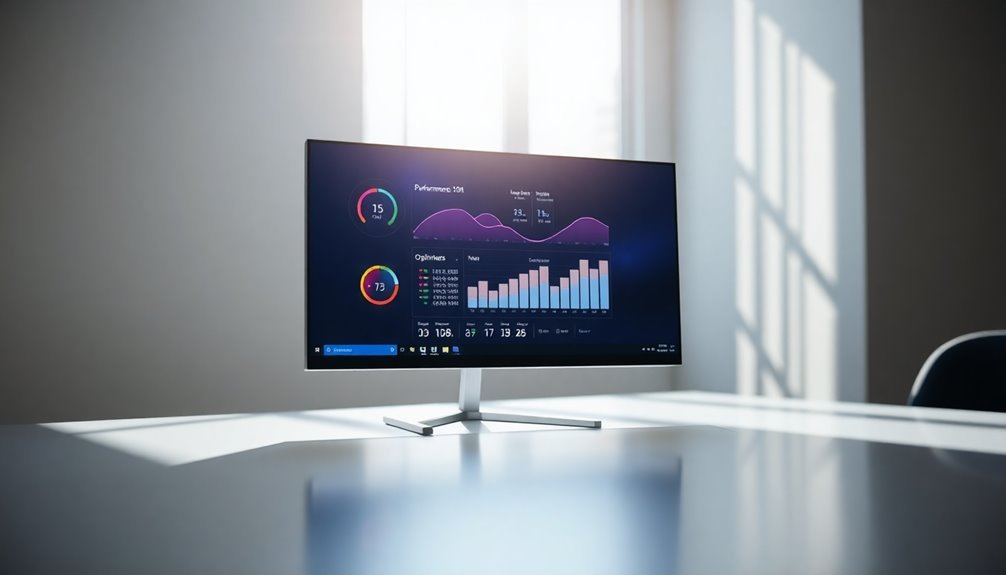
To speed up YouTube on Windows 11, start by uninstalling bloatware in Settings. Disable unnecessary startup apps to improve boot time.
Switch your power plan to Best Performance. Update your graphics and network drivers for optimal performance.
Connect using wired Ethernet or switch to 5 GHz Wi-Fi for a more stable connection. Turn off visual effects to reduce system load.
Enable hardware acceleration in your browser to enhance video playback. Maintain your system with regular disk cleanups.
Benchmark your YouTube performance regularly. Following these steps will help you discover more ways to keep playback smooth.
System Debloating: Remove Bloatware and Unnecessary Apps
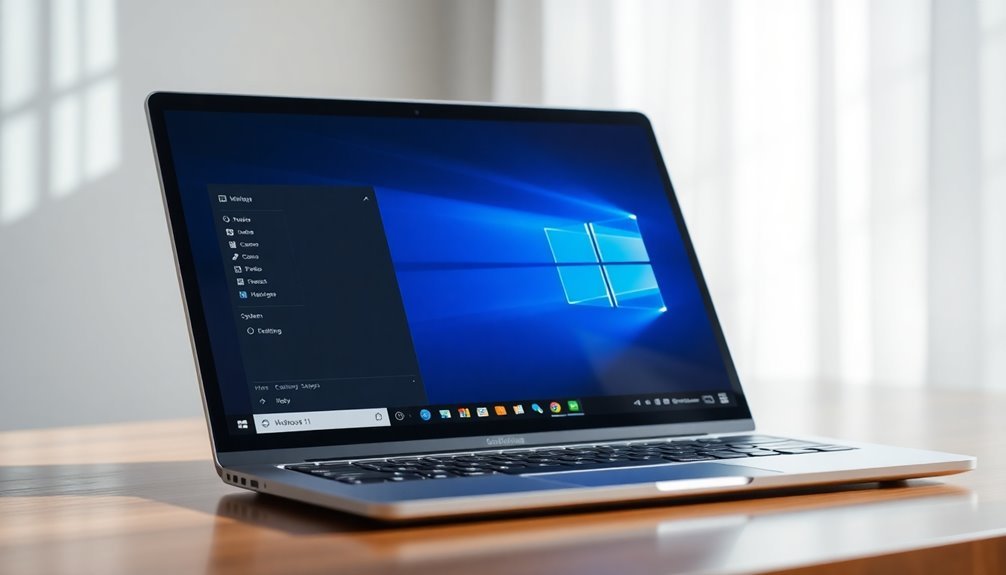
How to Remove Bloatware and Unnecessary Apps from Windows 11 for Better Performance
Windows 11 comes pre-loaded with many apps and features you might not need, including trial games, manufacturer utilities, and promotional software. To optimize your system and boost performance, follow these simple steps to remove bloatware and unwanted apps.
Step 1: Uninstall Unnecessary Apps via Settings
Go to Settings > Apps > Installed Apps****. Scroll through the list and uninstall any apps you don’t recognize or use, such as Candy Crush, third-party updaters, or duplicate security tools.
Step 2: Remove Built-In Bloatware with PowerShell
For apps that won’t uninstall normally, right-click the Start button, select Windows Terminal (Admin), and run PowerShell commands like:
“`powershell
Get-AppxPackage *xbox* | Remove-AppxPackage
“`
This removes built-in bloatware such as Xbox apps.
Step 3: Create a System Restore Point
Before making changes, create a restore point to safeguard your system. Search “Create a restore point” in the Start menu and follow the instructions. Routine maintenance is important, so consider creating restore points before major changes to keep your system protected.
Step 4: Disable Suggested Apps in Start Menu
To stop Windows 11 from showing app recommendations, right-click the Start menu, go to Settings > Personalization > Start, and toggle off “Show recommendations”.
Step 5: Use GUI Tools like O&O AppBuster
For a visual approach, use free tools like O&O AppBuster. This tool displays bloatware apps with checkboxes for easy removal.
Step 6: Regularly Check for New Bloatware After Updates
Windows updates can reinstall apps. Make it a habit to review installed apps after major updates and remove any new unwanted software.
By removing bloatware and unnecessary apps, you can improve Windows 11 speed, free up disk space, and enjoy a cleaner, more efficient PC. Follow these tips regularly to keep your system optimized.
Keywords: remove bloatware Windows 11, uninstall apps Windows 11, Windows 11 optimize performance, remove pre-installed apps, Windows 11 clean up
Optimizing Background Processes for Smooth Playback
Optimize Background Processes for Smooth YouTube Playback on Your PC
If your PC struggles with video playback lag or stuttering on YouTube, managing background processes can significantly improve performance. Start by opening Task Manager (press Ctrl+Shift+Esc) and navigating to the Processes tab. Identify and end non-essential applications such as messaging apps, software updaters, or cloud sync tools by right-clicking and selecting “End task.”
Boost efficiency further by enabling Efficiency Mode on resource-heavy background processes—just right-click the process and choose “Efficiency mode” to reduce its CPU and memory usage, giving priority to your video player or browser. Lowering video resolution when on battery can also prevent lagging during playback and help conserve system resources.
To prevent unnecessary apps from running at startup, go to Settings > Apps > Startup and disable unneeded programs. This reduces background load every time you boot your PC.
For enhanced control, adjust your browser or streaming app’s priority in Task Manager by right-clicking the process and setting it to “Above Normal” priority, ensuring smoother video playback.
Lastly, optimize video playback settings by navigating to Windows Settings > Apps > Video playback. Disable automatic video processing and ambient light adjustments to free up additional system resources.
Power and Performance Settings to Enhance Video Streaming
Optimize Video Streaming Performance with Power and Performance Settings in Windows 11
Power management is crucial for enhancing video streaming quality and smooth playback on Windows 11 devices. To maximize your YouTube viewing experience, start by navigating to Windows 11 Settings > System > Power & Battery. Change your power mode to Best Performance for seamless video streaming, especially on laptops.
When your device is plugged in, switch the power mode to Maximum Performance to prioritize video quality without compromising on battery life. Make sure to disable Battery Saver mode**** to prevent CPU and GPU throttling that can cause video stuttering.
For advanced users seeking top-tier performance, enable the Ultimate Power Plan via Command Prompt by running `powercfg /import`. This setting allocates maximum system resources for uninterrupted video playback.
Next, optimize video playback settings by going to Settings > Apps > Video Playback. Turn off automatic video processing and the option to adjust videos based on ambient lighting. These changes reduce unnecessary system load, resulting in smoother streaming.
Choose the “optimize for quality” playback option when on a stable power source and fast internet connection. If you’re on battery power or a slower network, select a lower video resolution to extend battery life and minimize buffering.
Finally, boost streaming efficiency by enabling Hardware-accelerated GPU scheduling in your Display Adapter Properties. This feature offloads video decoding tasks to your GPU, stabilizing frame rates and reducing CPU usage for a superior YouTube viewing experience.
Keeping Drivers and BIOS Up to Date
How to Keep Drivers and BIOS Up to Date for Optimal Streaming Performance on Windows 11
To ensure smooth and uninterrupted video streaming on Windows 11, it’s crucial to keep your drivers and BIOS up to date. Start by checking for BIOS updates using your device manufacturer’s official utility—such as Dell Command | Update or Lenovo Vantage. These OEM tools provide a simple, step-by-step process to safely update your BIOS, minimizing the risk of errors. Always connect your PC to a stable power source or an uninterruptible power supply (UPS) before beginning any BIOS update to prevent potential system failures caused by power loss. Only proceed with a BIOS update if it resolves specific issues or adds necessary hardware support.
Next, update your hardware drivers for the best performance. Begin with Windows Update to receive official patches, then visit your device manufacturer’s website or use their dedicated update software to download the latest video and network drivers. Keeping these drivers current enhances YouTube playback and overall streaming quality by reducing glitches and buffering.
Before performing any major updates, back up essential data to protect against unexpected complications. Regularly updating your BIOS and drivers ensures a stable, responsive, and high-quality streaming experience on Windows 11. Stay updated to enjoy seamless video playback and optimal system performance.
Network Optimization for Buffer-Free YouTube Viewing
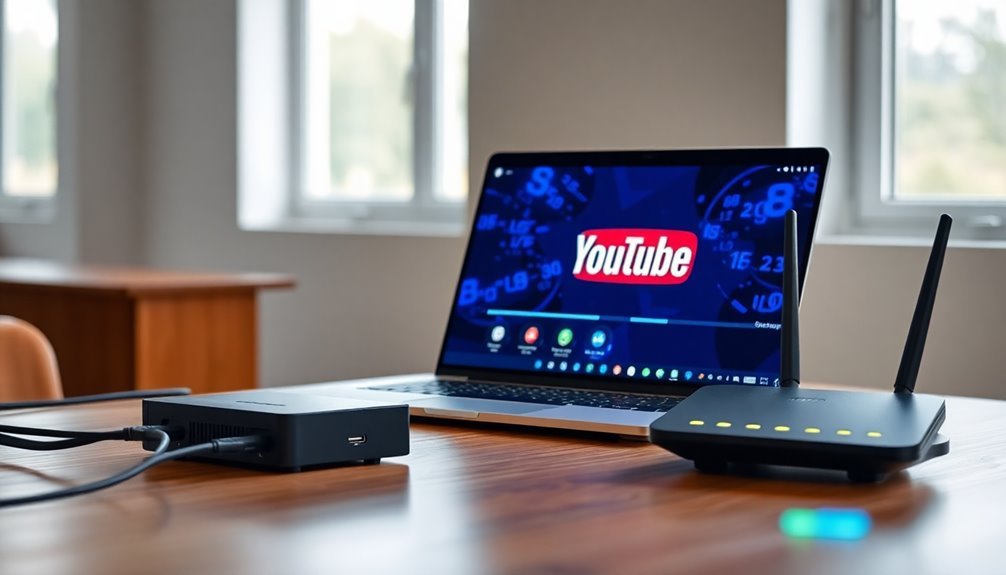
How to Optimize Your Network for Buffer-Free YouTube Streaming on Windows 11
Achieve seamless, buffer-free YouTube streaming on Windows 11 by optimizing your network settings for maximum performance. Start by fine-tuning your network adapter in Device Manager. Right-click your network adapter, select Properties, and disable offload features such as ALP offload, IPv4 checksum offload, and large send offload to reduce latency and minimize packet loss.
Turn off energy-efficient Ethernet and idle power down settings to ensure consistent network performance. Additionally, disable flow control and interrupt moderation to speed up packet processing. Don’t forget to update your network adapter drivers regularly to ensure full compatibility with Windows 11 and smooth streaming.
Next, enhance your network configuration via the “Network & Internet” settings. Change your DNS servers to fast, reliable options like Google DNS (8.8.8.8) or Cloudflare DNS (1.1.1.1) to improve response times.
If your router supports Quality of Service (QoS), enable it and prioritize streaming traffic to maintain uninterrupted video playback. For the best connection, use a wired Ethernet cable; if you prefer Wi-Fi, connect to the 5 GHz band and reduce interference by optimizing your router’s channel and placement.
Regularly flush your DNS cache and reset your network stack to keep your network running at peak efficiency.
Configuring Input Devices and Peripherals
Optimize Your Input Devices and Peripherals on Windows 11 for Enhanced Performance
Enhance your Windows 11 experience by fine-tuning your input devices and peripherals to achieve superior responsiveness and control, especially during gaming or streaming sessions. Follow these expert tips to optimize mouse, keyboard, and audio settings for peak performance.
- Optimize Mouse Settings for Precision and Speed
- Disable Enhanced Pointer Precision in Windows 11 Mouse Settings to reduce input lag and improve accuracy.
- Adjust pointer speed to a comfortable level for smooth navigation.
- Update your mouse drivers regularly or use manufacturer-specific software to customize DPI settings and remap buttons for tailored control.
- Configure Keyboard for Minimal Input Delay
- Set your keyboard polling rate to the highest supported value via device software to minimize delay.
- Disable Filter Keys and other accessibility features that may slow keystrokes.
- Choose mechanical or gaming keyboards with faster actuation for better responsiveness.
- Ensure your keyboard layout matches your region to avoid input errors and keep drivers up to date for optimal functionality.
- Optimize Audio Devices to Reduce Latency
- Set your preferred audio device as the default playback device in Windows 11 sound settings.
- Disable audio enhancements and spatial sound features to lower latency and improve sound clarity.
- Use wired audio connections for stable and low-latency audio performance.
- Enhance Connectivity and Power Settings
- Connect peripherals directly to your PC using USB ports instead of hubs to ensure consistent power and data transfer.
- Disable USB selective suspend to prevent devices from entering power-saving mode, which can cause input lag.
- Select the “High Performance” power plan in Windows 11 to maximize device responsiveness during intensive tasks.
By implementing these Windows 11 input device optimization techniques, you’ll experience improved accuracy, reduced input lag, and smoother control—crucial for gaming, streaming, and everyday productivity.
Stay updated with the latest drivers and firmware to maintain peak device performance.
Visual Effects and Hardware Acceleration Settings
Boost Windows 11 Performance with Visual Effects and Hardware Acceleration Tweaks
To significantly enhance your Windows 11 speed and responsiveness, start by adjusting visual effects and hardware acceleration settings. Open System Properties > Performance Options** and select “Adjust for best performance”** to disable all unnecessary visual effects. Alternatively, manually uncheck options like animations, transparency, and shadows to reduce CPU and GPU load.
These changes can improve gaming FPS and make YouTube video playback smoother. Use the Performance Options window to identify which visual effects are currently active.
For smoother video streaming, enable hardware acceleration in your web browser. In browsers like Google Chrome or Microsoft Edge, navigate to Settings > System and toggle on hardware acceleration. This allows your GPU to efficiently handle video decoding, optimizing 1080p and higher YouTube playback.
If you experience lag or audio-video desynchronization, try disabling hardware acceleration to troubleshoot.
Additionally, fine-tune your GPU settings via the NVIDIA Control Panel or AMD Radeon Settings. Enable options such as maximum performance mode, GPU scheduling, and hardware video decoding features like NVDEC (NVIDIA) or VCE (AMD).
These driver-level enhancements help maximize gaming performance and video playback quality. Experiment with different configurations to find the best setup for your hardware.
System Maintenance for Consistent Performance
System Maintenance Tips to Keep Your Windows 11 PC Fast and Reliable
Optimizing visual effects can provide an instant speed boost, but consistent system maintenance is essential to ensure your Windows 11 PC remains fast, secure, and reliable over time.
Implementing regular maintenance tasks will help you avoid performance slowdowns and security vulnerabilities. Here’s a comprehensive checklist to keep your Windows 11 system in peak condition:
1. Maintain an Updated Device and Software Inventory
Use tools like Microsoft Intune or simple spreadsheets to track all your hardware and installed applications. Keeping an accurate inventory helps streamline troubleshooting and ensures compliance with maintenance policies.
2. Regularly Review and Manage User Accounts and Permissions
Access Windows Settings > Accounts to review user accounts. Disable or remove inactive accounts to minimize security risks and control access effectively.
3. Enable Windows 11 Security and Maintenance Tools
Turn on Windows Security and Maintenance features to automatically monitor system health, run diagnostics, and optimize performance without manual intervention.
4. Schedule Storage Optimization and Disk Cleanup
Set up regular drive optimization and disk cleanup tasks to remove junk files and improve storage efficiency, which helps maintain fast system response times.
By following these system maintenance best practices, you can enhance your Windows 11 PC’s performance, security, and longevity.
Stay proactive with routine checks and automated tools to keep your device running smoothly.
Keywords: Windows 11 system maintenance, optimize Windows 11 performance, Windows 11 PC speed boost, device inventory Windows 11, user account management Windows 11, Windows 11 security and maintenance, disk cleanup Windows 11, storage optimization Windows 11
Benchmarking and Monitoring YouTube Performance
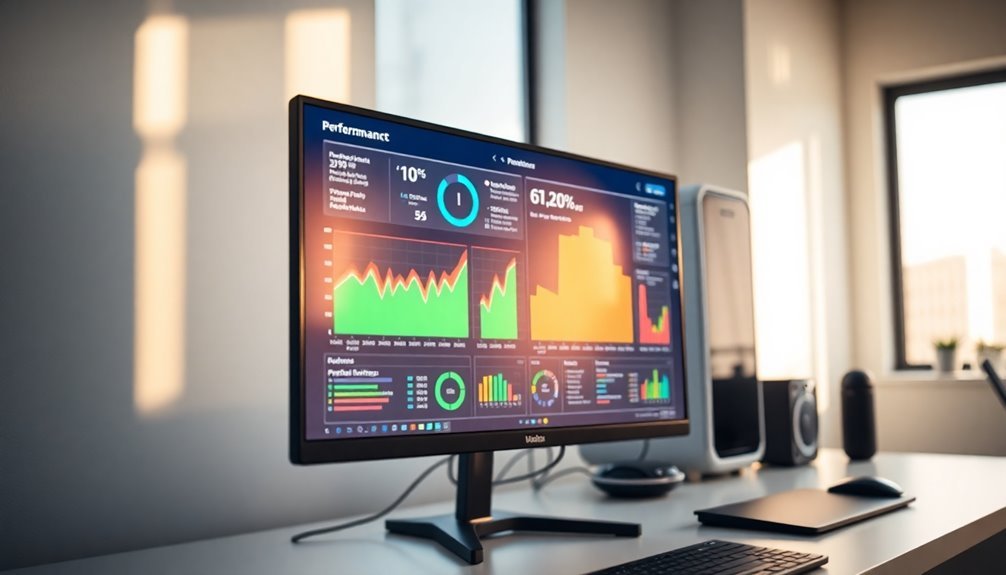
Boost Your YouTube Experience on Windows 11: Essential Benchmarking and Monitoring Tips
Ensuring your Windows 11 PC runs smoothly is crucial for an optimal YouTube experience. To accurately measure and enhance YouTube performance, focus on benchmarking key metrics such as video load time, buffering frequency, video resolution adaptation, CPU/GPU usage, and network bandwidth during playback.
Leverage powerful tools like Apache JMeter and LoadRunner to simulate real user traffic and evaluate YouTube’s responsiveness under different load conditions. For detailed hardware monitoring, use HWMonitor to track CPU, GPU, RAM, and motherboard activity in real-time—watch out for performance spikes during streaming sessions.
Set specific benchmarks for various scenarios including 1080p and 4K playback, different network speeds, and multiple device types. Compare your results against baseline tests and competing platforms to identify performance gaps.
Utilize real-time dashboards to visualize throughput, latency, and jitter metrics, enabling quick detection of bottlenecks. Lastly, consolidate network statistics and hardware metrics for a comprehensive overview.
Use this invaluable data to optimize your system, validate improvements, and maintain consistent, high-quality YouTube streaming on Windows 11 across software updates and hardware changes.
Start benchmarking your YouTube performance today to enjoy buffer-free, high-definition streaming tailored to your Windows 11 PC!
Frequently Asked Questions
How Can I Change Youtube’s Default Video Quality Permanently?
To change YouTube’s default video quality permanently, install a browser extension like “Enhancer for YouTube.” Open its settings, select your preferred resolution (e.g., 1080p), and save. Now, videos will automatically play in your chosen quality.
Does Using Browser Extensions Affect Youtube Streaming Speed?
You might think browser extensions are harmless, but they can slow YouTube streaming. Picture your browser juggling extra tasks—ad blockers, HD enhancers, overlays—each adding load. Stick to lightweight, dedicated extensions and watch performance improve instantly.
Can Disabling Ad Blockers Improve Youtube Video Loading Times?
Yes, if you disable ad blockers, you’ll usually see YouTube videos load faster. Just click your ad blocker’s icon, turn it off, then refresh the page. Notice smoother playback and shorter buffering times right away.
How Do I Enable Picture-In-Picture Mode for Youtube on Windows 11?
Where there’s a will, there’s a way! To enable Picture-in-Picture on YouTube, right-click the video twice, choose “Picture in Picture,” and watch it float. You can resize and move the window while multitasking.
Will Using a VPN Slow Down Youtube Video Playback?
Yes, using a VPN can slow down YouTube playback. You’ll notice more buffering or lower quality if the VPN server is far away, overloaded, or uses slower protocols. Choose nearby servers and fast protocols for smoother streaming.
Conclusion
Now that you’ve got all your ducks in a row, enjoying smooth YouTube playback on Windows 11 is just a few clicks away. Follow each step—debloat, update, tweak, and monitor—and you’ll notice the difference right away. Use visual guides and concise instructions to keep things simple and clear. Regular maintenance keeps performance at its peak. With these techniques, you’re set for buffer-free streaming every time you hit play. Enjoy your optimized YouTube experience!
